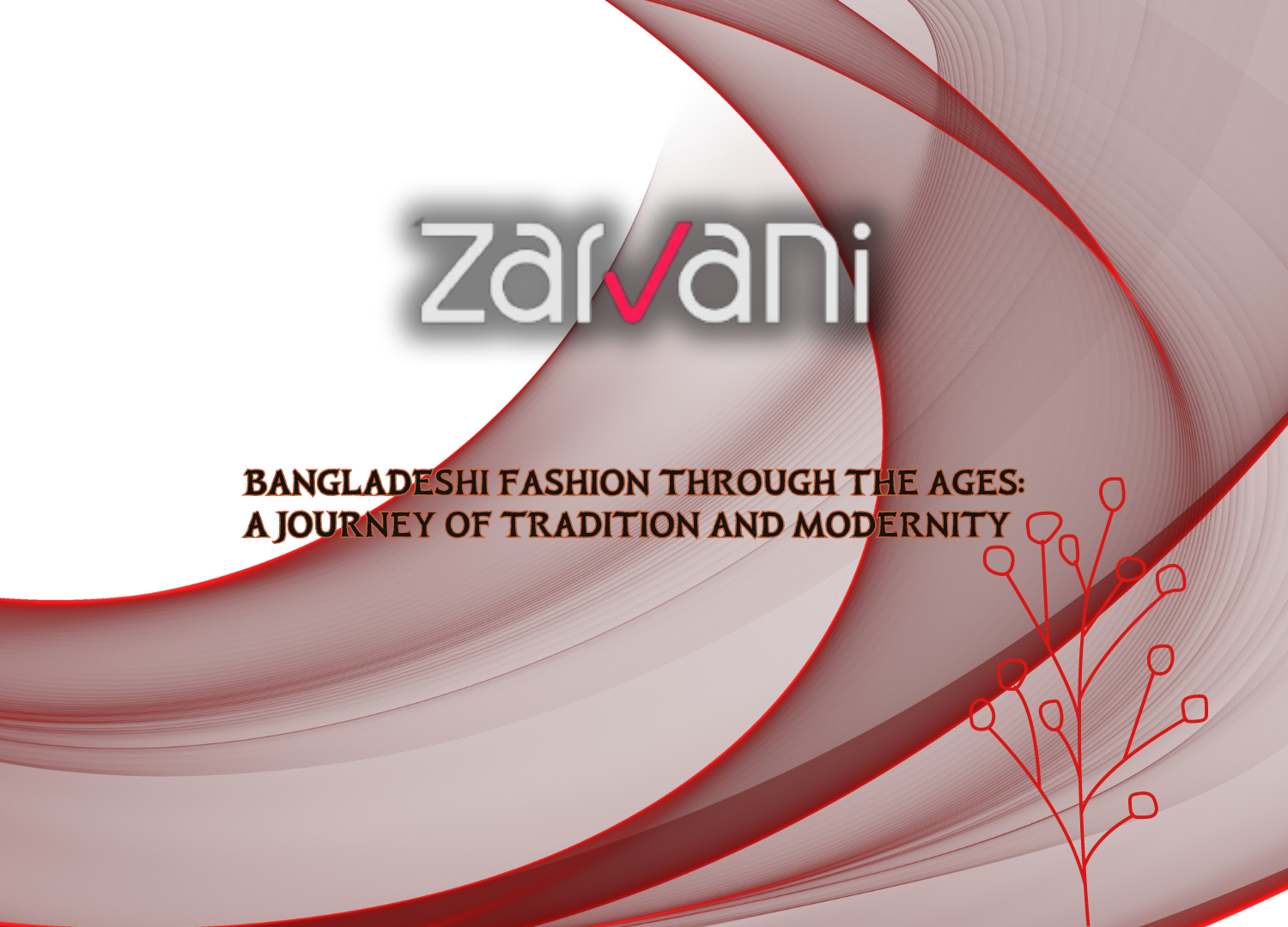
Bangladeshi Fashion Through the Ages: A Journey of Tradition and Modernity
Posted 2 years ago
Bangladesh, nestled in the heart of South Asia, boasts a rich tapestry of culture and heritage that is reflected vividly in its fashion evolution. From the vibrant colors of traditional attire to the fusion of modern influences, Bangladeshi fashion has undergone a remarkable journey, seamlessly blending tradition with contemporary trends. Let's embark on a fascinating exploration of Bangladeshi fashion through the ages, celebrating its timeless elegance and cultural significance.
Ancient Roots and Traditional Garments
The history of Bangladeshi fashion traces back centuries, deeply rooted in its diverse cultural heritage. Traditional Bangladeshi garments, such as the iconic saree and panjabi, have been worn for generations, symbolizing the country's rich cultural heritage. The saree, with it's graceful drape and intricate patterns, remains a quintessential part of Bangladeshi womens' attire, exuding elegance and sophistication.
Similarly, the panjabi, a traditional attire worn by Bangladeshi men, showcases intricate embroidery and craftsmanship, reflecting the country's cultural diversity and artistic flair. These traditional garments have stood the test of time, embodying the essence of Bangladeshi identity and craftsmanship.
Revival of Handloom and Artisanal Craftsmanship
In recent years, there has been a resurgence of interest in handloom fabrics and artisanal craftsmanship in Bangladesh. Artisans across the country have been revitalizing age-old techniques, creating exquisite handwoven textiles that showcase the rich heritage of Bangladeshi craftsmanship. Fabrics like Jamdani and Muslin, renowned for their intricate patterns and fine quality, have gained international acclaim, putting Bangladeshi handloom on the global fashion map.
This revival of handloom has not only preserved traditional techniques but also empowered local artisans and communities, fostering sustainable livelihoods and promoting cultural heritage preservation. The rise of ethical fashion movements has further propelled the demand for handcrafted, eco-friendly textiles, positioning Bangladeshi handloom as a symbol of sustainable luxury and ethical fashion.
Fusion of Tradition and Modernity
As Bangladesh embraces globalization and modernity, its fashion landscape has witnessed a dynamic fusion of traditional elements with contemporary aesthetics. Designers are reimagining traditional motifs and techniques, infusing them with modern silhouettes and innovative designs. The result is a vibrant tapestry of fashion that seamlessly blends tradition with modernity, catering to diverse tastes and preferences.
Fashion shows and events showcase the creativity and talent of Bangladeshi designers, highlighting the country's growing influence in the global fashion arena. From haute couture to ready-to-wear collections, Bangladeshi fashion designers are making waves internationally, earning accolades for their creativity, craftsmanship, and commitment to sustainability.
Celebrating Diversity and Inclusivity
Bangladeshi fashion celebrates diversity and inclusivity, embracing a spectrum of styles, influences, and identities. From traditional bridal wear to contemporary street style, Bangladeshi fashion caters to a diverse audience, reflecting the country's multicultural fabric and spirit of inclusivity.
Fashion has become a powerful platform for social change and expression in Bangladesh, challenging stereotypes and empowering individuals to embrace their cultural heritage with pride. Through fashion, Bangladesh tells its story, celebrating its past, present, and future with grace, elegance, and creativity.
Bangladeshi fashion is a captivating blend of tradition and modernity, weaving together the threads of heritage, craftsmanship, and innovation. From ancient roots to contemporary trends, the journey of Bangladeshi fashion is a testament to the country's resilience, creativity, and cultural richness. As Bangladesh continues to evolve and thrive on the global stage, its fashion legacy remains an enduring source of inspiration and pride, inviting the world to experience the beauty and diversity of Bangladeshi culture through the lens of fashion.

